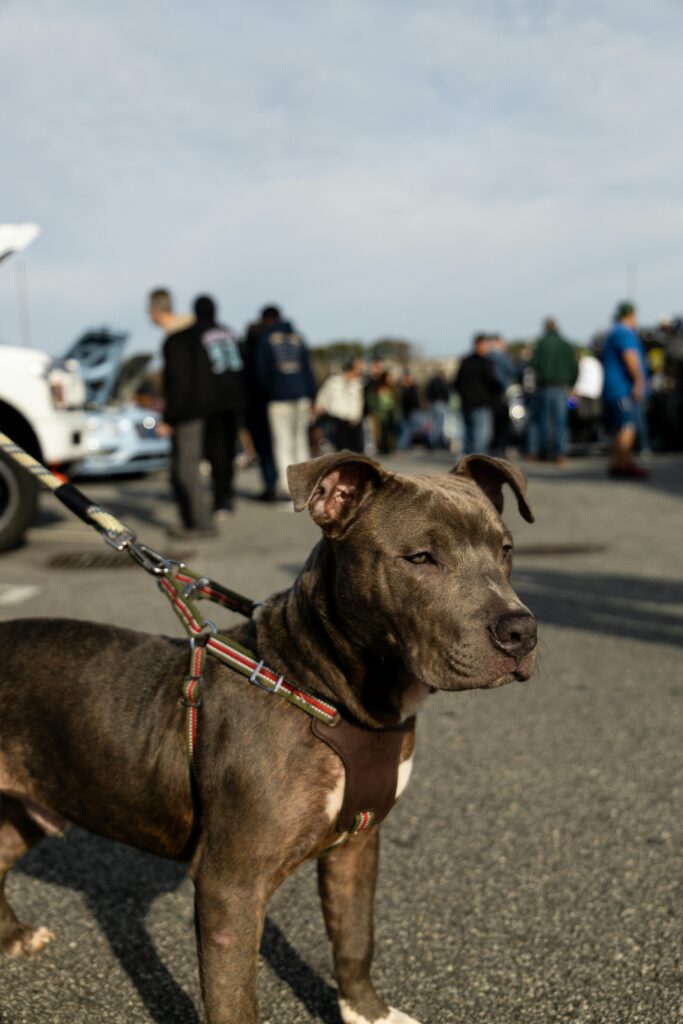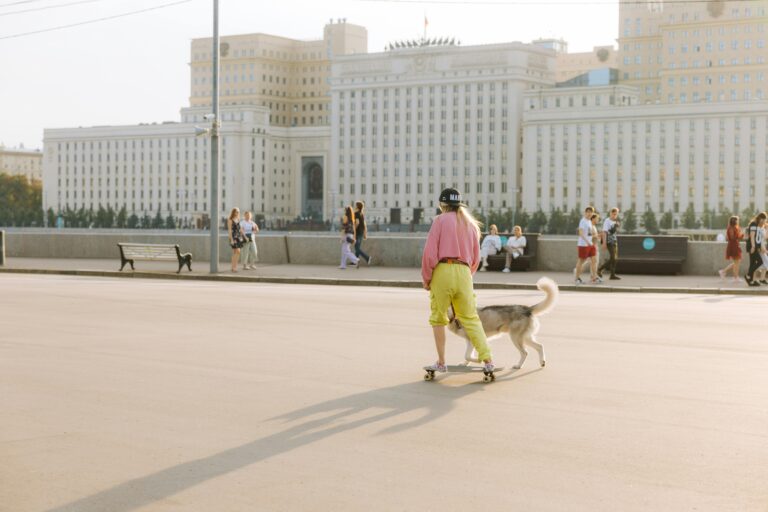Your dog may be great at home and reliable in your backyard, but what happens when you take them to a crowded park or a dog-friendly café? For many dog owners, the shift from “well-behaved at home” to “overwhelmed in public” is frustrating and confusing. But here’s the truth: true socialization doesn’t happen in your living room. It happens out in the world.
As a professional dog trainer in Springfield, I work with families every week who want their dogs to stay calm, focused, and polite no matter the environment. That starts with understanding what socialization really means and how to apply it in practical, real-life situations.

What Socialization Really Means
Socialization isn’t just about your dog “meeting other dogs.” In fact, it goes far beyond that. Socialization is about building positive associations with:
- New people
- Strange environments
- Unfamiliar objects and noises
- Varied surfaces and smells
- Movement and unpredictability
The American Kennel Club explains socialization as the foundation for creating a confident, well-mannered dog, especially in public settings. This includes gradually exposing your dog to new experiences and ensuring those experiences are positive.
1. Start With Calm Exposure, Not Chaos
If your dog has never been to a crowded café, don’t start by plopping them in the middle of one during peak brunch hours. Instead:
- Walk near the café and sit on a bench nearby
- Let your dog observe without interacting
- Reward calm behavior with treats or praise
- Gradually move closer as your dog relaxes
This gradual exposure builds confidence instead of triggering fear or hyperactivity.
2. Practice Obedience in Low-Distraction Public Settings
Before heading into a busy park or event, ensure your dog’s basic commands are reliable outside the home. That means practicing:
- “Sit” and “Down” on different surfaces
- “Place” on a towel or mat in new locations
- “Heel” or loose-leash walking with distractions
- “Leave it” for food, trash, or wildlife
If leash behavior is still a struggle, you’re not alone. We recently shared a blog about common leash walking mistakes and how to fix them that can help turn your walks into opportunities for success, not stress.
3. Choose Public Outings Strategically
Not all places are created equal when it comes to socialization training in public. Great starter spots include:
- Outdoor shopping plazas with wide walkways
- Dog-friendly patios during non-peak hours
- Parks with open spaces, not just fenced dog parks
- Quiet trails with varying terrain
Avoid overstimulating environments too early. Instead, build up your dog’s resilience by stacking small wins.
4. Use Real-World Rewards and Redirection
Out in public, you might not always have treats on hand. That’s why real-world reinforcement becomes so important.
Reward your dog with:
- A chance to sniff something interesting
- A calm greeting with a person or dog
- Access to walk further or explore
- Praise and affection when appropriate
At the same time, use redirection calmly if your dog fixates or reacts. Cues like “leave it,” “let’s go,” or “look at me” become your lifeline in high-distraction settings.
5. Watch for Signs of Overstimulation
Even the most sociable dogs can get overwhelmed. Learn to recognize when your dog is nearing their limit:
- Excessive panting, drooling, or yawning
- Hyper-alertness or freezing
- Constant pulling or barking
- Refusing treats or commands they normally follow
If you see these signs, take a break, increase distance, and allow your dog to reset. Socialization should build confidence, not flood your dog with stress.
6. Reinforce Calm Behavior at Home
Training doesn’t stop when you leave the café. Build calm habits into your daily routine so your dog starts to generalize good behavior.
- Practice “place” while you eat dinner at home
- Settle your dog next to you during family movie night
- Reinforce calm greetings when guests arrive
These small habits translate beautifully to public outings and reinforce your dog’s understanding of what’s expected.
7. Take Advantage of Professional Guidance
If your dog struggles with reactivity, overexcitement, or anxiety in public, structured obedience training can make all the difference. Our Basic & Advanced Obedience Program is specifically designed to create focus and reliability around distractions, whether it’s skateboards, strollers, or squirrels.
Plus, real-world sessions give your dog the chance to practice their skills where it counts, in unpredictable, real-life environments.
Final Thoughts: Socialization Is a Skillset
Being social doesn’t mean being the life of the dog park. For most families, it means having a dog who can stay calm on a café patio, ignore passing joggers at the park, or walk politely down a busy street.
With the right preparation, structured practice, and consistent reinforcement, your dog can learn to handle public settings with confidence and clarity.
And if you want expert guidance along the way, our team at Off Leash K9 Training Springfield is here to help you every step of the way.
Need help making your dog café, park, and patio ready? Contact us today and let’s train for real-life success.

